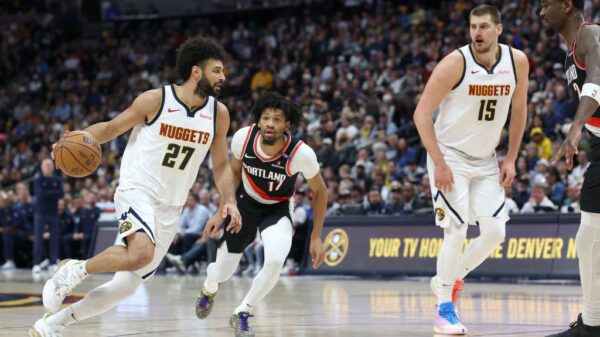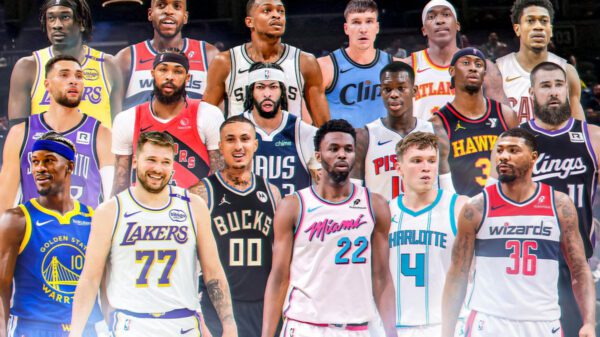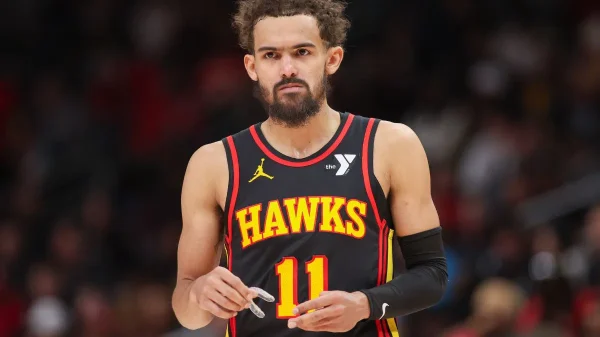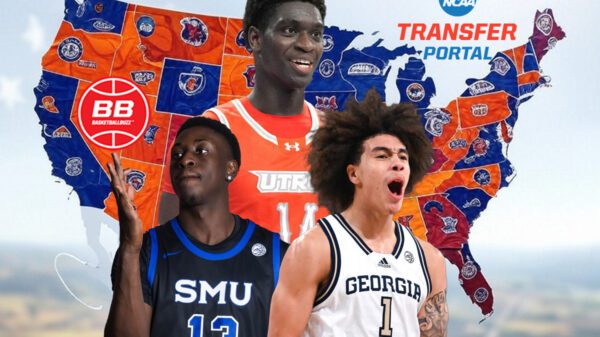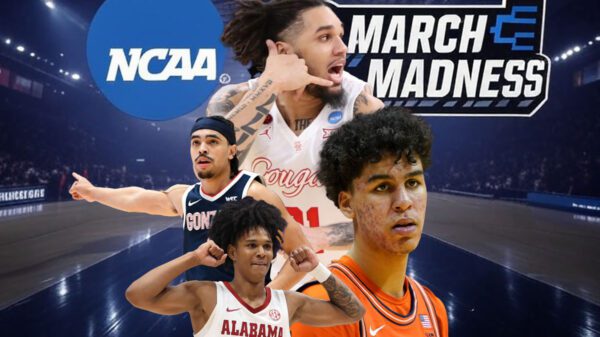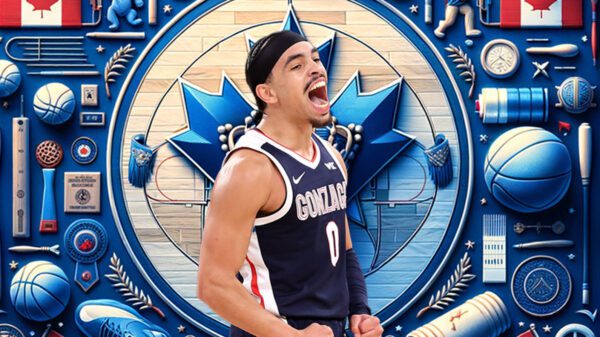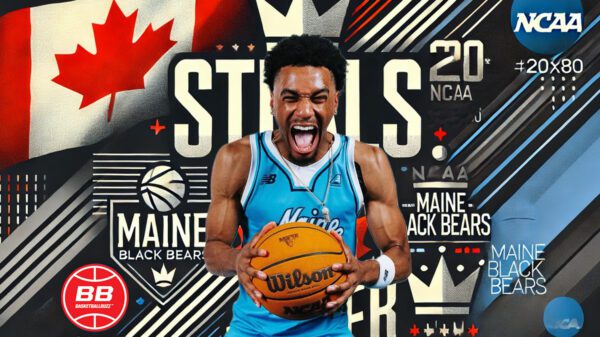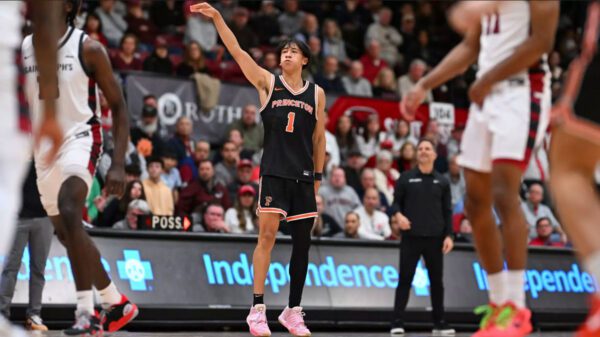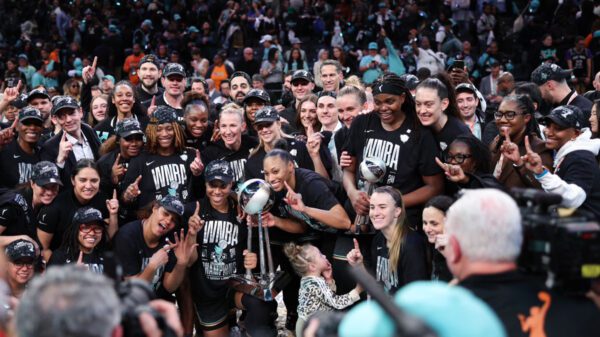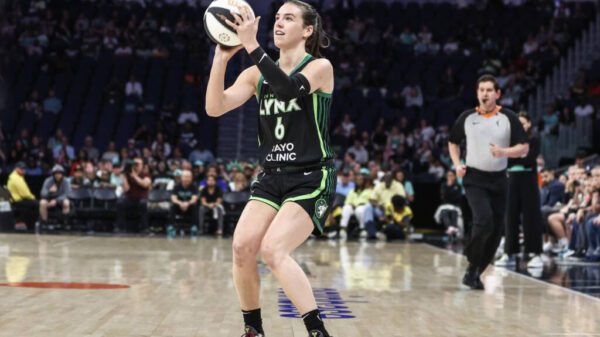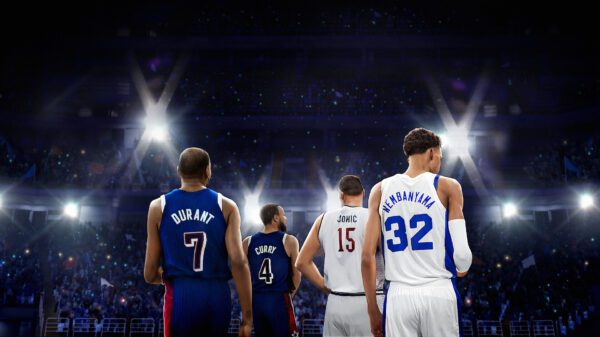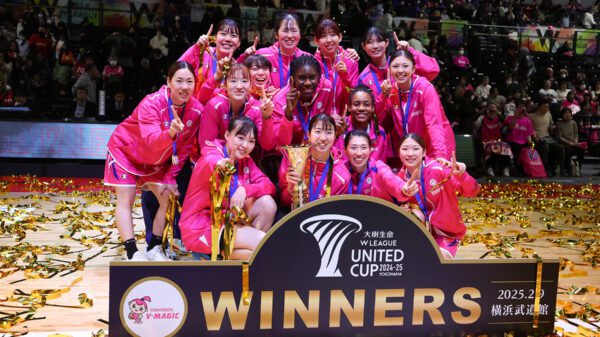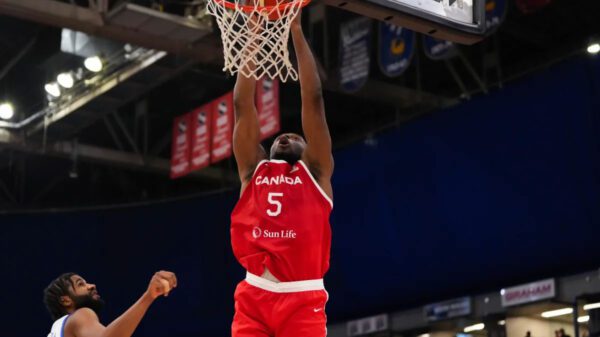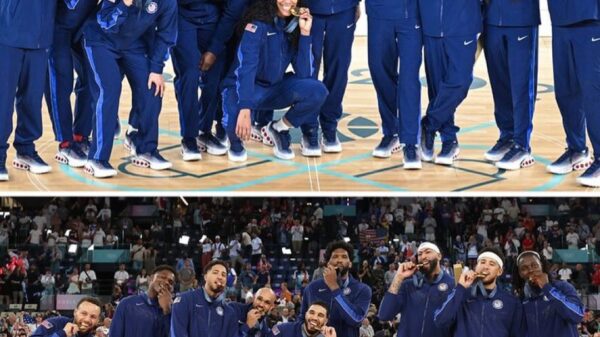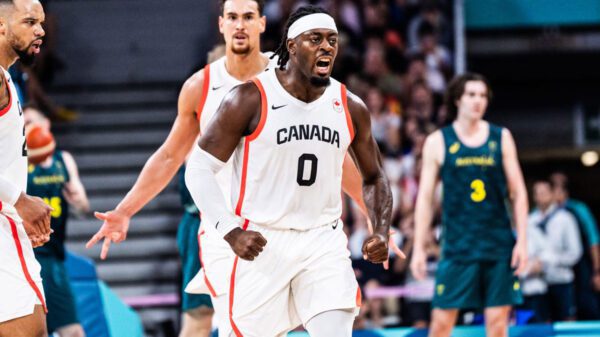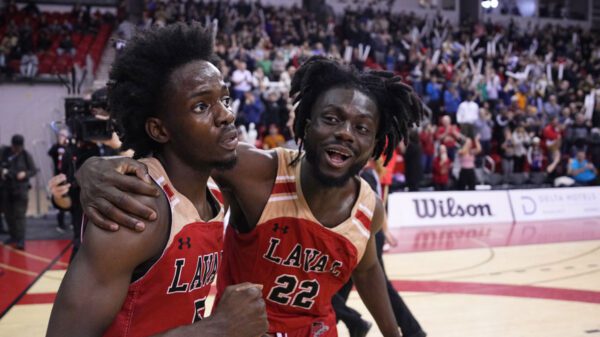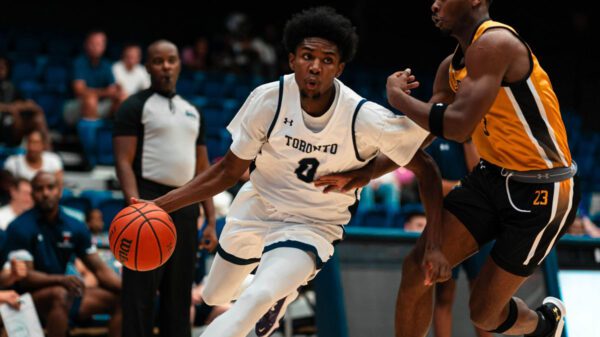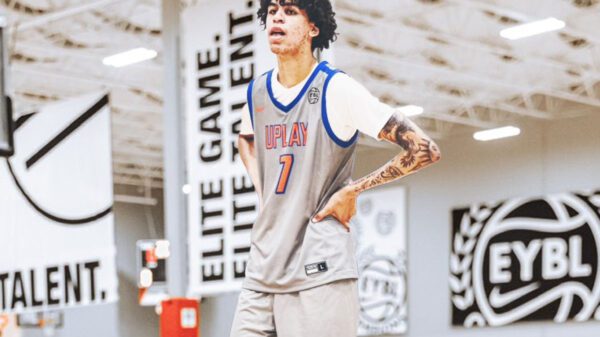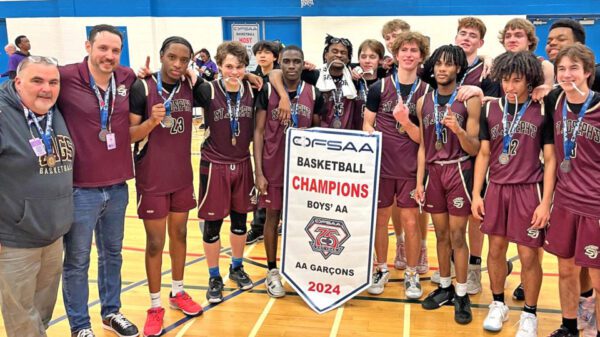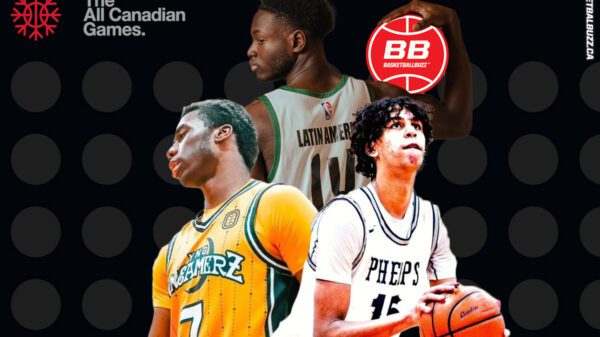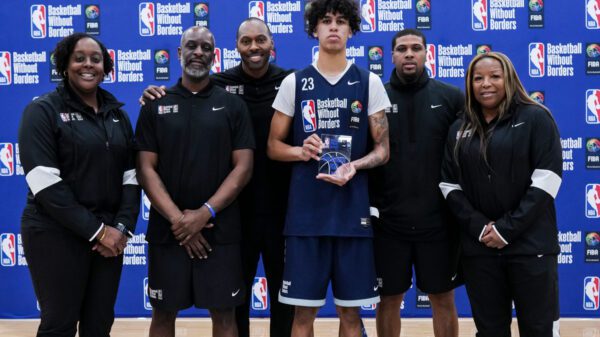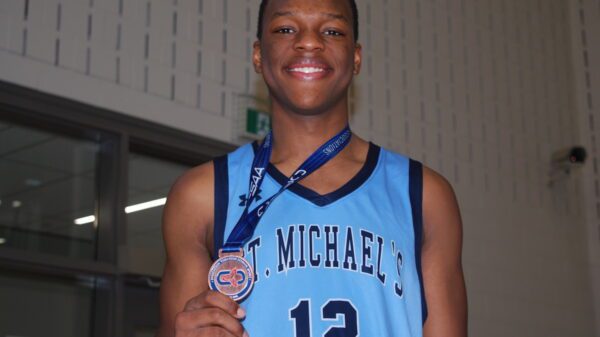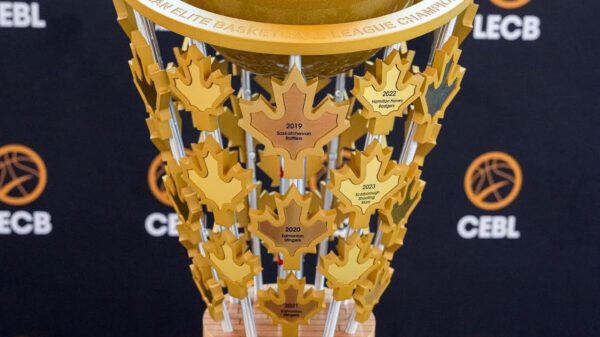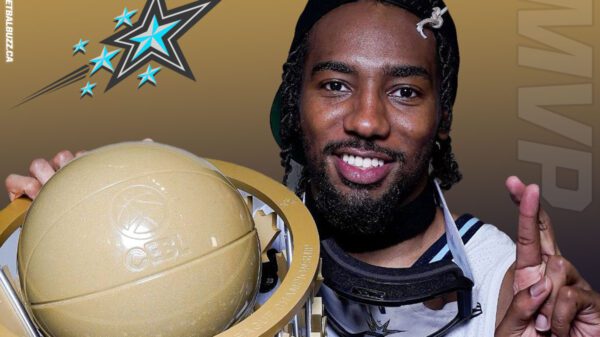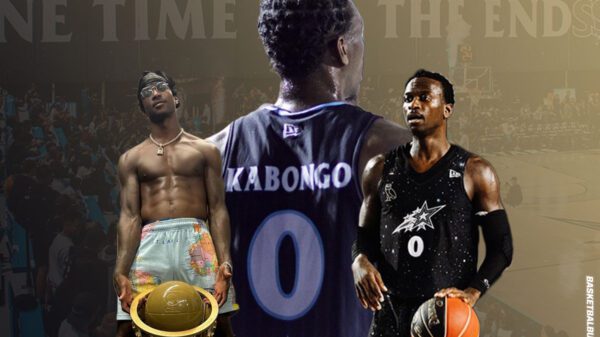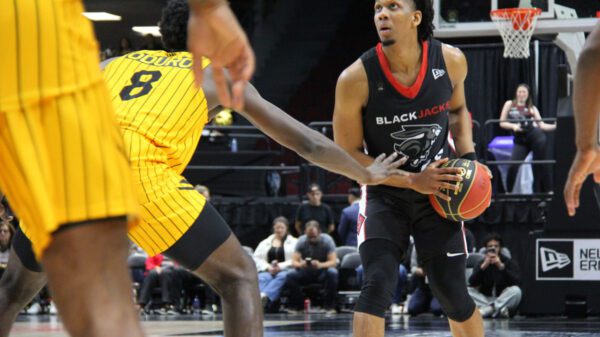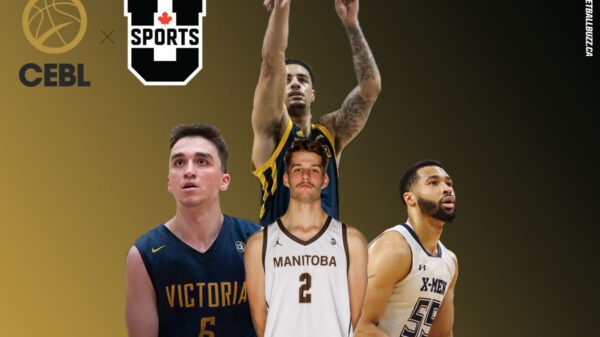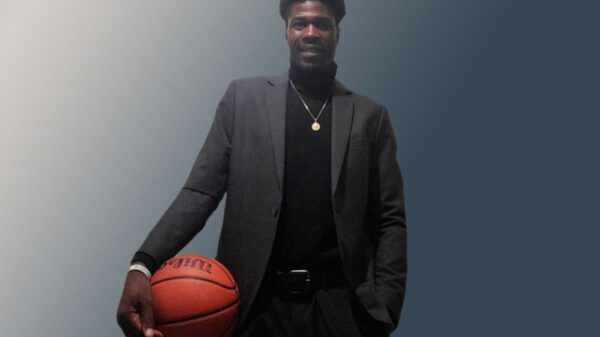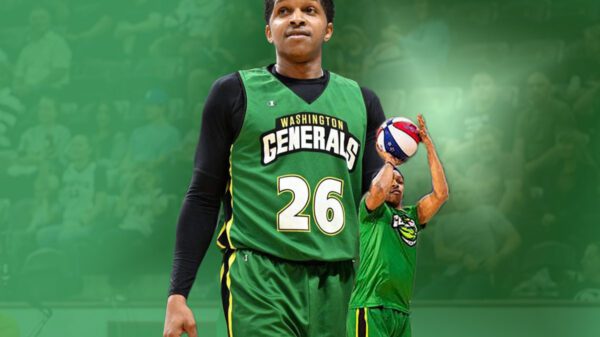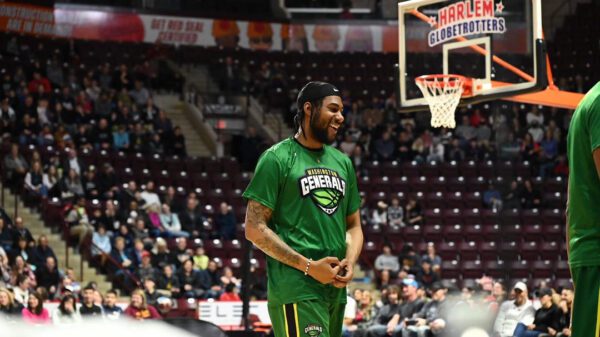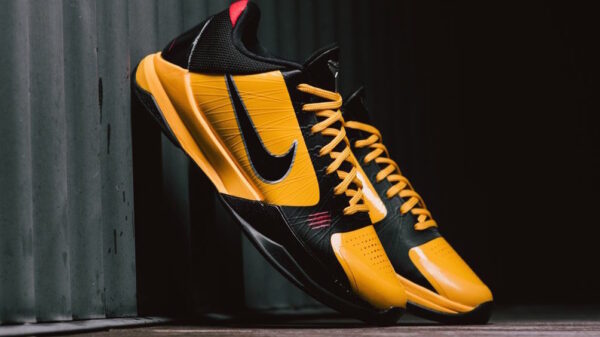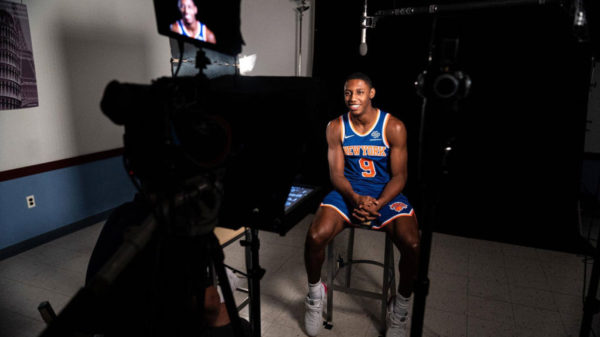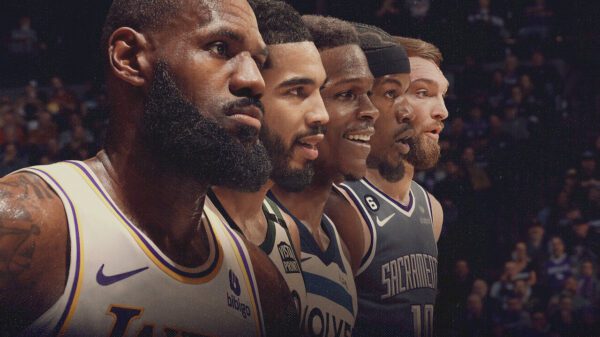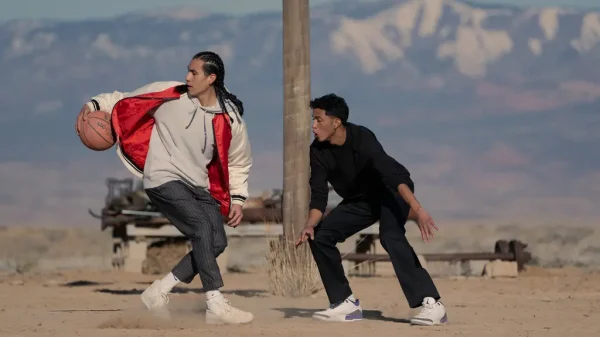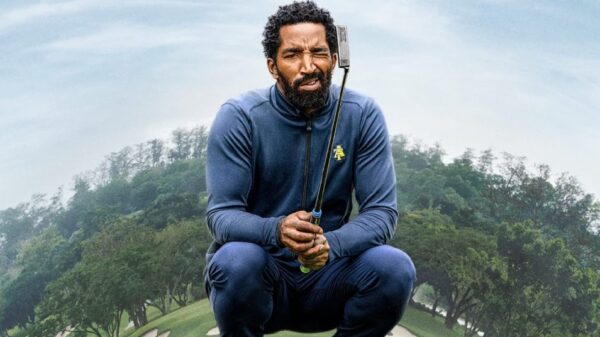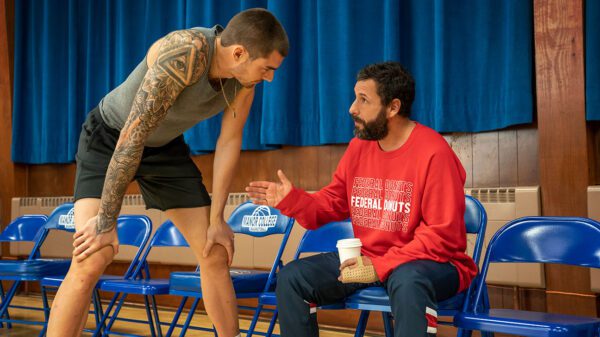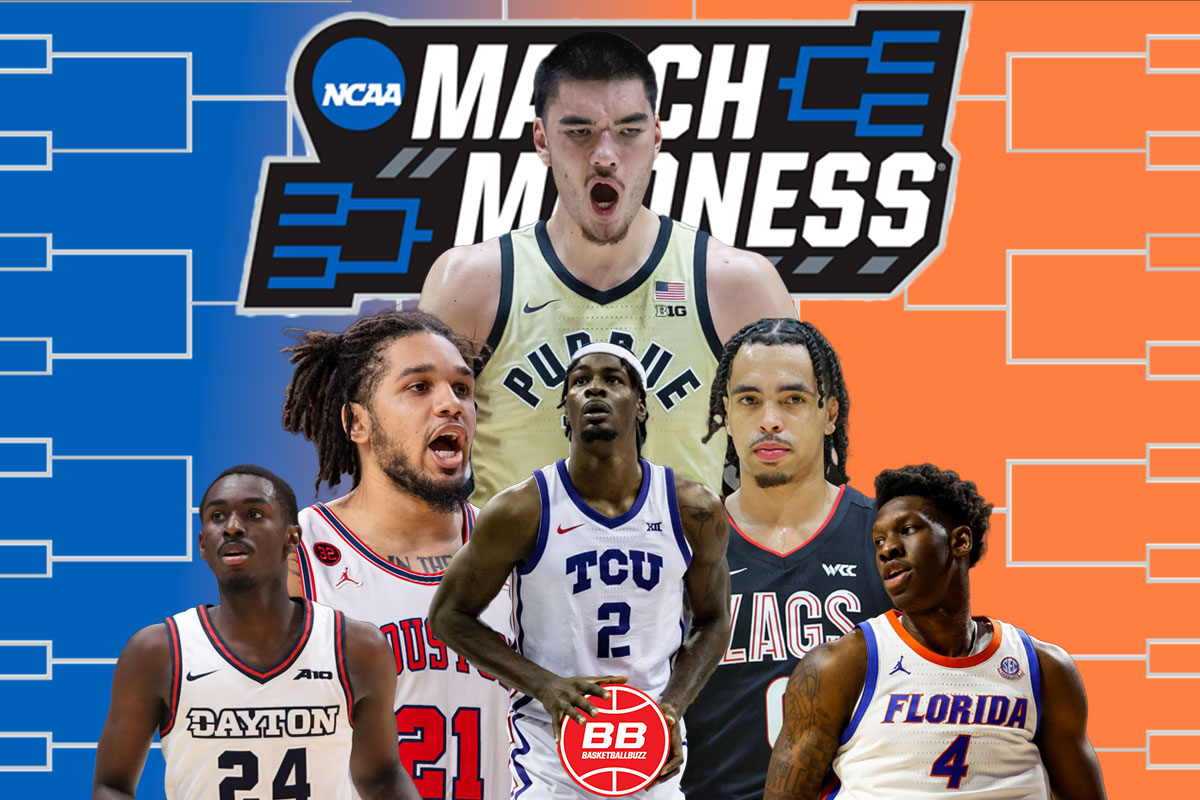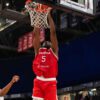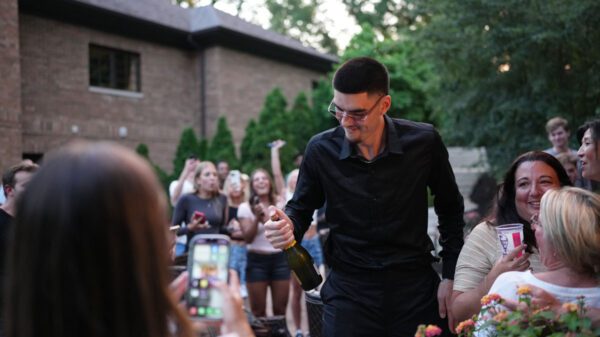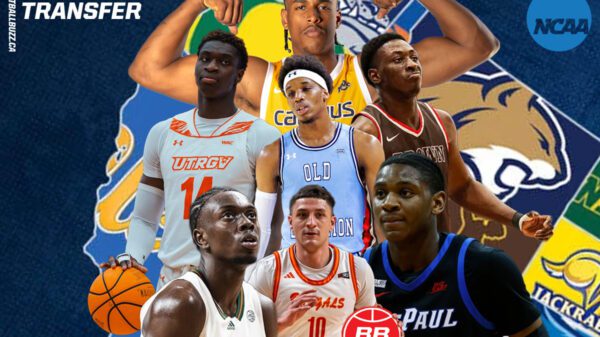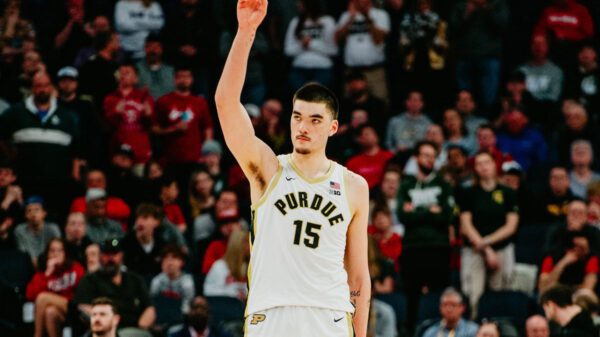After a thrilling and chaotic week filled with impressive displays, crucial plays, and numerous upsets that led to a historic amount of stolen bids, as 21 out of the top 32 seeds came up short of capturing their conference titles during champions week, we have arrived at Selection Sunday.
One of the most sacred days for die-hard college basketball fans, Selection Sunday holds significant importance for both student-athletes and head coaches alike.
A pivotal moment marked on the calendar, as the selection committee determines the fate of 32 conference champions who earned automatic bids, as well as the pathway for the remaining 36 teams who were granted at-large berths.
Throughout the 2023-24 college basketball season, considerable attention was directed towards teams featuring notable Canadian basketball players.
Zach Edey and Emanuel Sharp were key figures for the Purdue Boilermakers and the Houston Cougars, respectively. Their contributions were crucial in driving their teams’ success both nationally and within their conferences, with both teams holding the top spot in the nation for multiple weeks.
Falling short in securing their conference titles, the Boilermakers (29-4, 17-3), Cougars (30-4, 15-3), and the North Carolina Tar Heels (27-7, 17-3) missed their chances at claiming the overall number one seed of the tournament. Instead, they settled for top seeds in their respective regions, ultimately allowing the defending champions, the Connecticut Huskies (31-3, 18-2) to secure the top spot.
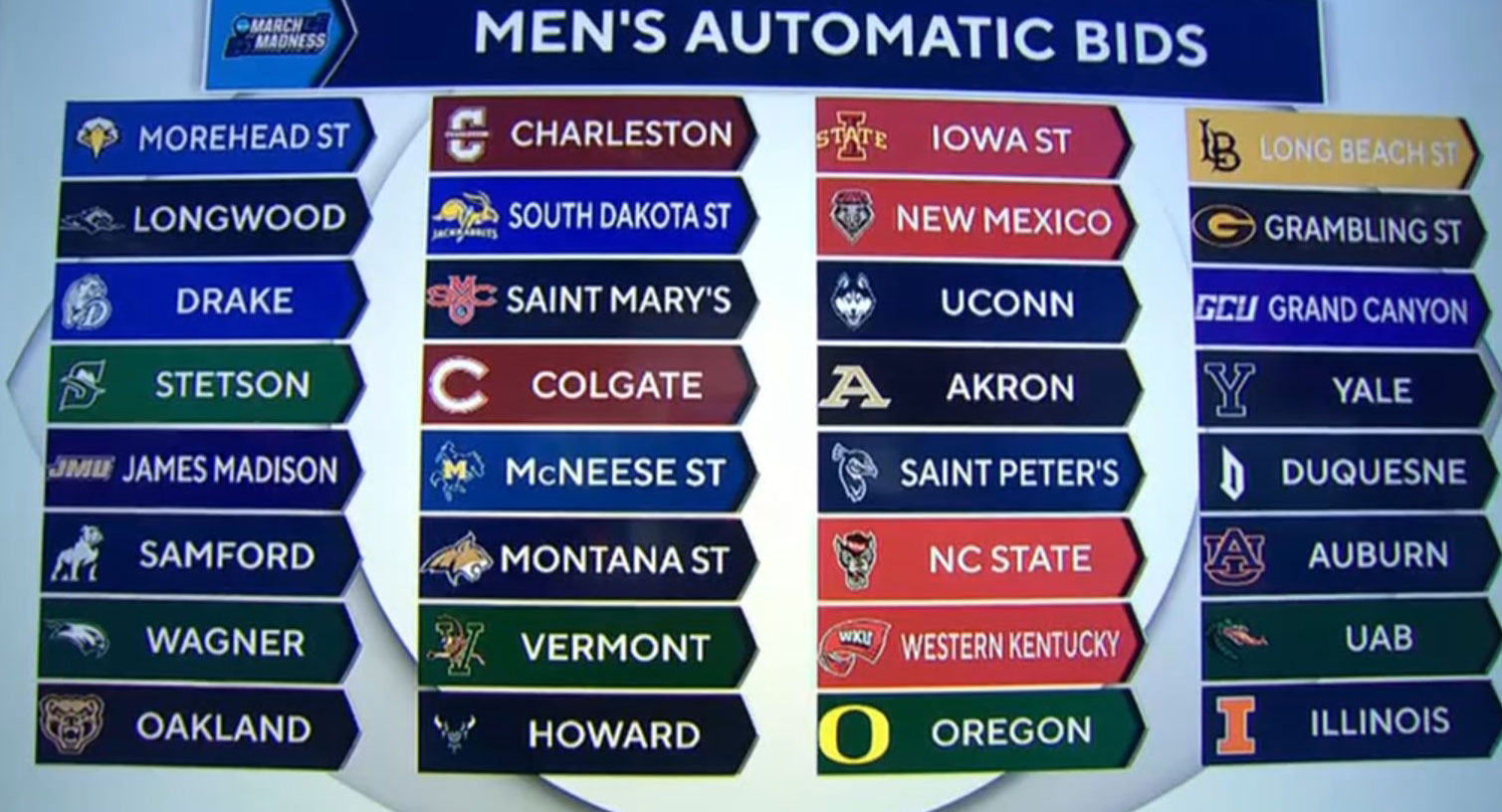
Introduced in 2016, the overall number one seed grants the top team the privilege of selecting the regional sites for the first and second-round games. This minimizes travel and enables teams to be closer to their fan base, making it perceived as an advantageous path to the Sweet 16, Final Four, and ultimately, a shot at the national championship.
Yet, if the events of the past week and last year’s tournament, where no number one seed made the Final Four, are any indication of what lies ahead, the top seeds will once again face formidable challenges in the early rounds and must perform at a high level against the mid-major teams.
Journeyman Quincy Guerrier, Canada’s all-time leader in NCAA games, made a substantial impact by stepping up when key players were out with injuries. His contributions significantly aided the Illinois Fighting Illini (26-8, 14-6) in securing the Big Ten championship and a three seed in the top half of the East regional bracket.
Additionally, freshman Aden Holloway contributed to the success of the nationally ranked and Southeastern Conference (SEC) champion Auburn Tigers (27-7, 13-5). Known for his three-point shooting and adept dribble penetration, he averaged 7.6 points and 2.8 assists per game. Auburn received a fourth seed and is also positioned in the bottom half of the East bracket.
Although initially dropping in the rankings, the Gonzaga Bulldogs (25-7, 14-2), under the leadership of Ryan Nembhard and his record-breaking season, refused to be overshadowed, concluding their season with momentum. Adding to their story, they were awarded a fifth seed in the tournament.
Although in stark contrast in terms of production, Ryan Young played a supporting role with limited minutes for the Duke Blue Devils (24-8, 15-5). Despite his restricted playing time, he made valuable contributions to Duke’s frontline, ensuring their steady presence in the top 25 rankings as they locked-up a four seed in the South regional bracket.
Tyrese Samuel’s physical presence, averaging 14 points, 7.5 rebounds, 1.2 steals, and 1.1 block per game, proved vital for the revamped Florida Gators (24-11, 11-7) to reach the SEC title game. As a result of their hard work, the selection committee granted them a favourable seventh seed in the South region. Kobe Elvis and big men Isaac Jack played instrumental roles in the Dayton Flyers‘ (24-7, 14-4) Atlantic-10 regular season championship, earning them a nine seed in the tournament’s Midwest region.
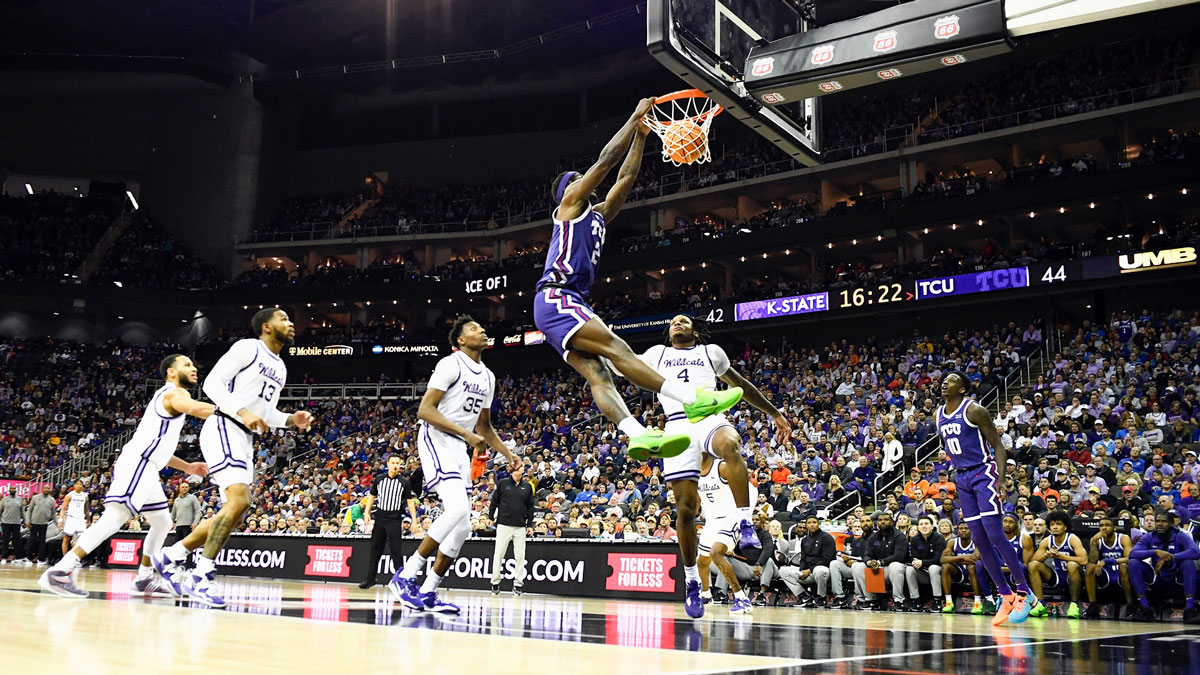
Relying on their versatile star player, Emanuel Miller, the Texas Christian Horned Frogs (21-12, 9-9) heavily leaned on his nightly production to book their third straight tournament appearance. Miller’s impressive stats, averaging 15.9 points, 5.9 rebounds, 2.7 assists, and 1.1 steals per game across 33 games, underscored his pivotal role in TCU’s success. The Horned Frogs clinched the ninth seed in the Midwest region, setting the stage for their tournament campaign.
As one of the original power five conference members, the Northwestern Huskies (21-11, 12-8) hosted the inaugural NCAA championship tournament in 1939. After 78 years without a tournament appearance, they broke through in 2017, marking their first appearance.
Impressively, they have now qualified for the tournament for the third time in the last eight years, making back-to-back appearances. A key addition to the team is Canadian Luke Hunger, now in his third year, who brings crucial toughness and interior size to the roster.
While a consistent appearance in the national rankings is just one of the many metrics utilized by the selection committee to determine which of the at-large teams qualify for the NCAA tournament and their seeding. There were plenty of Canadians on teams that weren’t nationally ranked that also ended-up making it to the big dance.
Of the 12 number one seeds that did win their respective conference titles during champions week, four of them featured Canadians on the roster: Samford, Colgate, Vermont, Grand Canyon.

The Samford Bulldogs (29-5, 15-3), led by the hot shooting hand of six-foot-five guard Jaden Campbell, opened up the season with a 53-point defeat at the hands of Zach Edey and Purdue. The early blowout proved to be one of only five losses for the Bulldogs, who cruised to their first-ever Southern Conference tournament title and thirteen seed in the East region.
Traditional a hotbed for Canadian NCAA basketball talent, the Colgate Raiders (25-9, 16-2) once again utilized the services of six-foot-nine forward Sam Thomson to run through the Patriot League and claim their fourth straight conference title and trip to the NCAA March Madness tournament.
Making their third consecutive appearance in the tournament, the Vermont Catamounts (28-6, 15-1) feature guards TJ Hurley and Sam Alamutu. Meanwhile, the Grand Canyon Antelopes (29-4, 17-3), boasting Canadian freshman point guard Marquese Josephs on the roster, clinched the Western Athletic Conference (WAC) championship two years running. Also returning are the Howard Bison (18-17, 9-5), with Canadian player Ose Okojie.
Elsewhere, despite battling multiple injuries throughout the season, including a season-ending ankle fracture for Canadian senior Keeshawn Barthelemy, the Oregon Ducks (23-11, 12-8) clinched their sixth Pac-12 championship.
The upset-minded Western Kentucky Hilltoppers (22-11, 8-8) won the Conference USA tournament title for the first time since 2013. Emerging from Gatineau, Quebec, native Enoch Kalambay made a notable impact off the bench, averaging 6.2 points and 4.6 rebounds in just 20 minutes of play.
Finishing sixth in the Atlantic-10 conference regular season standings, the Duquesne Dukes (24-11, 10-8) surprised everyone by breaking through to earn their first NCAA tournament appearance in 47 years. Among the Dukes’ roster is Canadian freshman Kailon Nicholls, whose exposure to such high-level competition is bound to be invaluable experience in his first year.
Lastly, the Long Beach State Beach (21-14, 10-10), rallying behind their soon-to-be-dismissed coach who agreed to mutually part ways following the conclusion of the season, secured the Big West conference title for the first time since 2012. The team also features Canadian freshman Eli Djordjevic.
Analyze the complete list of Canadians participating in the 2024 NCAA men’s March Madness tournament. Sort the players by school, hometown, province, conference, tournament seeds, and records.
For additional insight, consult the detailed 2023-24 Canadian NCAA men’s basketball stats tracker. Additionally, below, you can explore the specially crafted March Madness edition, which focuses solely on the 21 players in the NCAA men’s tournament. For a broader perspective, check out the interactive breakdown of the 135 male student-athletes who represented their respective schools.
21 Canadians in the 2024 NCAA men’s March Madness tournament
2023-24 Canadian NCAA men’s tournament stats tracker – per game (subscribers only)




